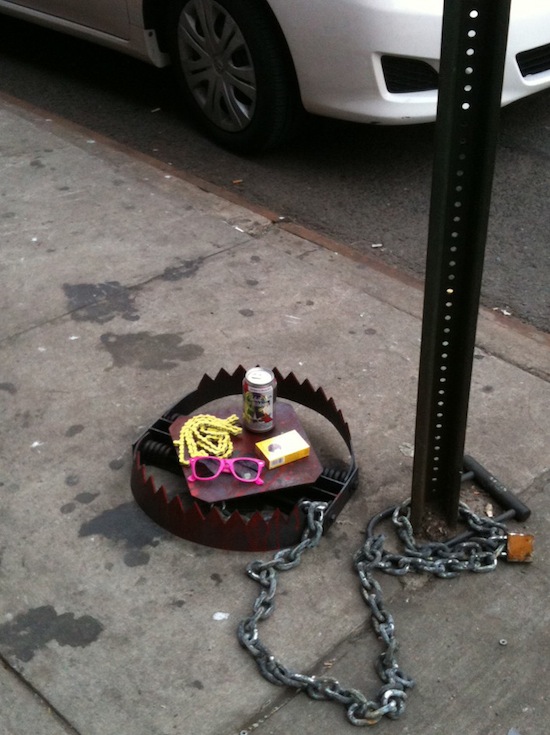Project Description
 You will be making a kinetic sculpture out of a series of 5 chain reactions. The purpose of the sculpture will be to "automate" a simple task, and will be based on the drawings of Rube Goldberg.
You will be making a kinetic sculpture out of a series of 5 chain reactions. The purpose of the sculpture will be to "automate" a simple task, and will be based on the drawings of Rube Goldberg.Rube Goldberg was an American cartoonist best known for his illustrations depicting machines he designed to complete simple tasks in overly complicated and humorous ways. His cartoons have inspired millions of projects.
Understanding Your Creative Problem
Please keep in mind that this is an art project, not a science experiment, and each step should demonstrate a thoughtful and playful use of materials. Think of the way it looks- it's aesthetics. No fire, or other dangerous materials.
Your assignment will end up being a kinetic sculpture and should completes a simple task in at least 4 complicated steps. The task and materials you use are up to you.
Evaluation
You will be evaluated on the following criteria: functionality (does it work), inventiveness, creative use of materials, planning (drawing), and preparedness.
Due
May 1st. Final critique will be a demonstration of your working project. The classroom will be open during lunch for you to set up.
Examples
Student projects from 2009
This chain reaction sculpture/video is called The Way Things Go and was made by Swiss artists Fischli and Weiss.
Here's another chain reaction video
Here are some chain reaction ideas from a youtube
Here are some chain reaction ideas from a youtube
Pee Wee Herman's Breakfast Machine
Myth Busters Christmas Machine
Honda Commercial
OK Go Music Video
Japanese Rube Goldberg TV Gameshow
More Rube Goldberg devices


























